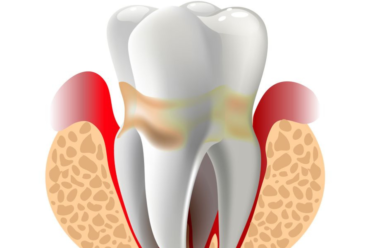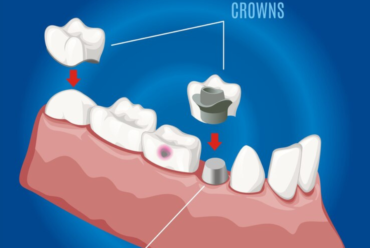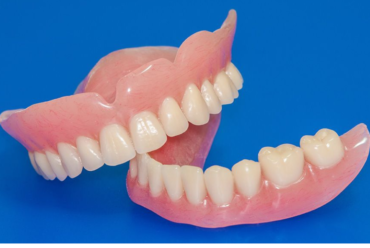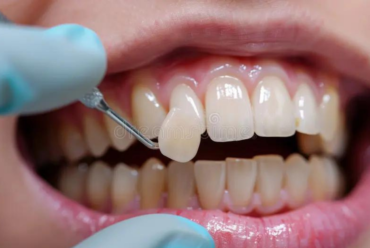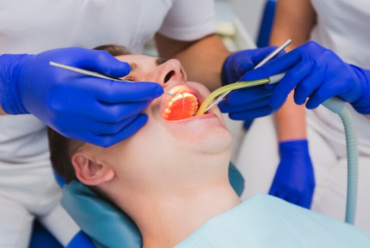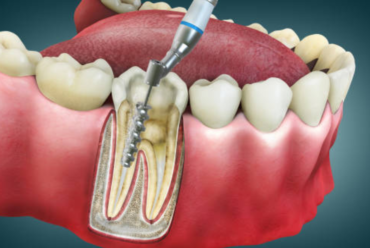When Should You Visit an Orthodontist for the Best Results?
A straight, confident smile isn’t just about appearance—it plays a crucial role in overall oral health. Orthodontists specialize in diagnosing, preventing, and treating dental and facial irregularities, most commonly by correcting misaligned teeth and jaws. But when is the right time to visit an orthodontist for optimal results?
Whether you’re a parent wondering about your child’s dental development or an adult exploring braces or aligners, the timing of your visit to the orthodontist can make a significant difference. This blog explores when you should see an orthodontist and why early or timely intervention often leads to the best outcomes.
Why Orthodontic Care Matters
Misaligned teeth and bite problems can lead to:
- Difficulty chewing or speaking
- Excessive wear on tooth enamel
- Jaw pain and discomfort
- Increased risk of tooth decay and gum disease
- Self-consciousness or low self-esteem due to appearance
Orthodontic treatment isn’t just cosmetic—it can improve function, promote better oral hygiene, and prevent future dental problems.
Ideal Age for a First Orthodontic Visit
According to the American Association of Orthodontists (AAO), children should have their first orthodontic evaluation by age 7. This might seem early, especially since most kids still have baby teeth, but there’s a good reason for this recommendation.
At age 7:
- The first permanent molars and incisors have usually erupted.
- An orthodontist can identify developing issues with bite, jaw growth, or tooth crowding.
- Early detection allows for timely intervention, even if full treatment isn’t needed right away.
This early visit is often referred to as Phase I Orthodontics or interceptive orthodontics.
Benefits of Early Orthodontic Evaluation
- Guiding Jaw Growth
If a child’s jaw is developing too small or too large, early orthodontic appliances can help direct its growth, preventing more invasive treatments later.
- Reducing Risk of Trauma
Protruding front teeth are more prone to injury. Early correction can protect them from damage.
- Correcting Harmful Habits
Thumb-sucking or tongue-thrusting can cause misalignment. An orthodontist can offer solutions to break these habits.
- Making Space for Erupting Teeth
Creating room for incoming permanent teeth can reduce the need for future extractions.
Not all children need early orthodontic treatment, but early evaluation allows parents to make informed decisions.
When Should Teens Visit an Orthodontist?
Most orthodontic treatment begins between ages 11 and 14, when most permanent teeth have come in. This stage is ideal for several reasons:
- The jaw and facial bones are still developing, making them more responsive to correction.
- Braces or aligners are often socially accepted among peers, reducing stigma.
- Treatment tends to be shorter and more effective than in adulthood.
Common issues treated during adolescence include:
- Crooked or crowded teeth
- Overbite or underbite
- Crossbite
- Gaps between teeth
At this age, options like traditional braces, ceramic braces, and clear aligners (like Invisalign Teen) may be considered.
Is It Too Late for Adults to See an Orthodontist?
Absolutely not! In fact, 1 in 4 orthodontic patients is an adult. Whether you missed treatment as a teen or experienced shifting teeth later in life, orthodontic care is still effective for adults.
Adult orthodontic treatment can address:
- Relapse from previous orthodontic work
- Crowding or spacing issues
- Jaw pain from bite misalignment
- Aesthetic concerns
Modern options like clear aligners or lingual braces offer discreet ways to straighten teeth. Although treatment may take slightly longer in adults due to slower bone movement, the results can be just as transformative.
Signs You Should Visit an Orthodontist
Regardless of age, certain symptoms and signs suggest it’s time to book a consultation:
- Crowded or crooked teeth
- Difficulty chewing or biting
- Speech difficulties caused by misalignment
- Jaws that shift, make sounds, or appear asymmetrical
- Prolonged thumb-sucking beyond early childhood
- Teeth that don’t meet properly or at all
- Excessive gaps between teeth
- Facial imbalance or discomfort
- Breathing issues due to jaw positioning
These signs often point to underlying orthodontic concerns that are best addressed sooner rather than later.
The Role of Preventive Orthodontics
Preventive orthodontics focuses on avoiding the development of serious dental issues. This includes:
- Regular checkups during childhood and adolescence
- Monitoring jaw growth and tooth eruption
- Recommending space maintainers if baby teeth are lost early
- Providing guidance on thumb-sucking or mouth breathing
By addressing issues early, preventive care can shorten treatment time, reduce costs, and enhance results.
Timing Orthodontic Treatment with Other Dental Work
Sometimes, orthodontic care is coordinated with other dental or medical treatments. For example:
- Before crowns or veneers: Straightening teeth first ensures better placement and aesthetics.
- Prior to jaw surgery: Braces may be needed before and after surgical correction of severe jaw misalignments.
- In preparation for implants: Teeth may be moved to make space for a dental implant.
In such cases, timing is key. Consulting both your dentist and orthodontist can help develop a comprehensive treatment plan.
How Long Does Orthodontic Treatment Take?
The length of treatment varies based on age, severity of the issue, and the type of appliance used. Generally:
- Mild cases: 6–12 months
- Moderate to severe cases: 18–30 months
- Retention phase: Wearing a retainer post-treatment to prevent relapse
The earlier treatment begins—especially in children and teens—the more efficient and effective it tends to be.
Final Thoughts: Timing Is Everything
Orthodontic treatment can truly transform a smile and improve oral health—but timing matters. Early evaluation by age 7 allows for proactive care, while adolescence offers the perfect window for full treatment. And for adults, it’s never too late to invest in your smile.


